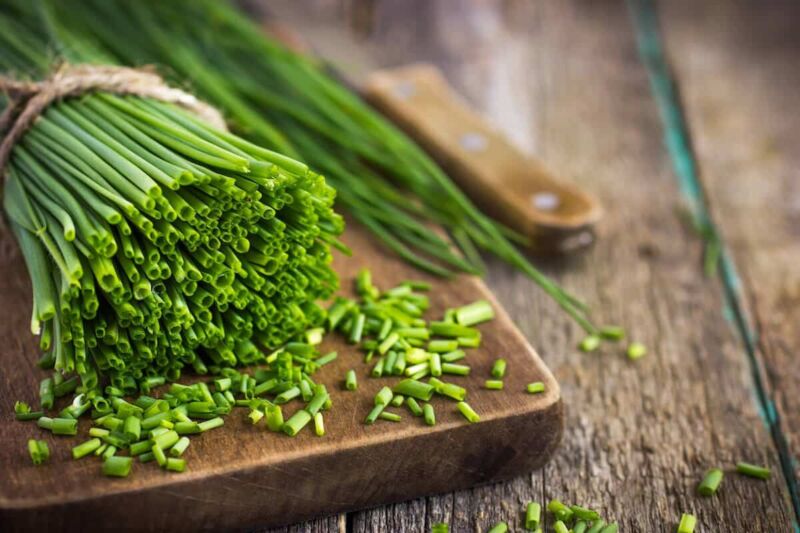The 8 Best Substitutes for Chives When You Run Out
Nothing’s worse than realizing you’re all out of an ingredient while cooking or prepping a recipe. I’ve definitely been there, frantically searching my fridge and pantry for a substitute I can use in place of the missing item. Chives are one of those ingredients that can be easily overlooked until you reach for them and the jar is empty. If you’ve found yourself in this situation, don’t worry – there are plenty of great alternatives you can use in place of chives.
What Makes Chives Such a Useful Ingredient
Before diving into the best stand-ins for chives, let’s look at why they’re used in recipes in the first place. Understanding the unique flavor and texture chives add to dishes will help you find an appropriate substitute.
The Taste Profile of Chives
Chives belong to the allium family along with onions and garlic. They have a subtle yet distinct onion-y and garlicky flavor. When raw, chives offer a refreshing, light onion taste. Cooking mellows out their bite and brings out more of their delicate sweetness.
The grassy green tops of chives have hollow, slender stalks. The mild onion flavor is concentrated near the base of the stems. The floppy leaves are more mild. This range allows the cook to control the strength of flavor needed by using more or less of the chive stalk.
Popular Uses of Chives
Chives are one of the more versatile herbs used in cooking. Their gentle onion-garlic taste enhances many savory dishes without overpowering other ingredients. Here are some of the most popular ways chives are used:
- Finely chopped and sprinkled as a garnish over soups, salads, smoked salmon, deviled eggs, baked potatoes, and more. The green flecks add a pop of color, texture, and light flavor.
- Added at the end of cooking or just before serving since heat dulls their flavor. Their delicate taste gets lost if cooked for too long.
- Mix into dips, spreads, herb butters to add a touch of onion flavor.
- Stir into egg dishes like omelets and scrambles right at the end.
- Whisk into vinaigrettes and salad dressings.
- Blend into mashed potatoes or stir into potato salad.
Whether used raw or briefly cooked, chives lend a freshness and subtle bite to all kinds of dishes. Their thin shape makes them easy to chop and sprinkle as a garnish too. When you find yourself without chives, you’ll need an ingredient that can step in with a similar delicate onion-garlic flavor and thin, grassy texture suitable for garnishing.
The 8 Best Substitutes for Chives
Luckily, several ingredients make suitable substitutes for chives in a pinch. Many can be easily grown right at home too. Here are the best alternatives to use when you’re out of chives:
Green Onions
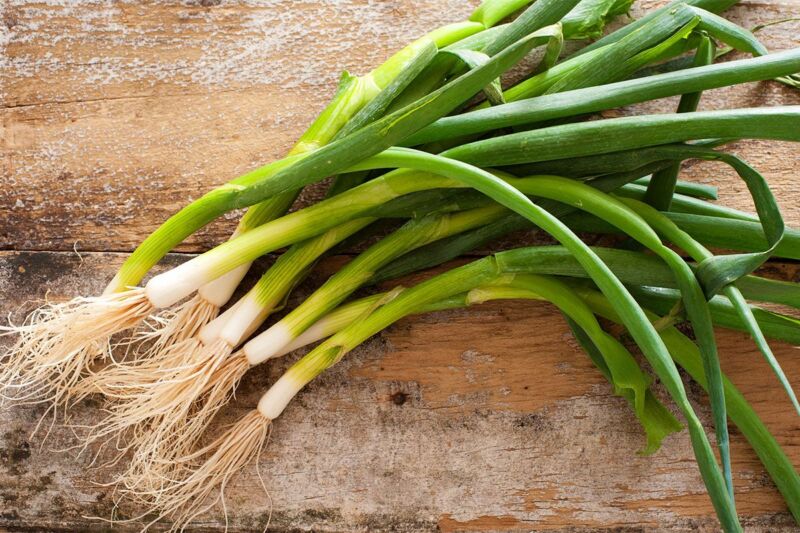
Green onions, also called scallions or spring onions, are one of the best chive substitutes. They have long, slender green stems that look nearly identical to chives. The green tops are milder in flavor than chives with a faint onion bite. For a closer match, use less than the recipe calls for since green onion has a stronger onion taste. Chop only the green stalks and use as you would chives.
Scallions
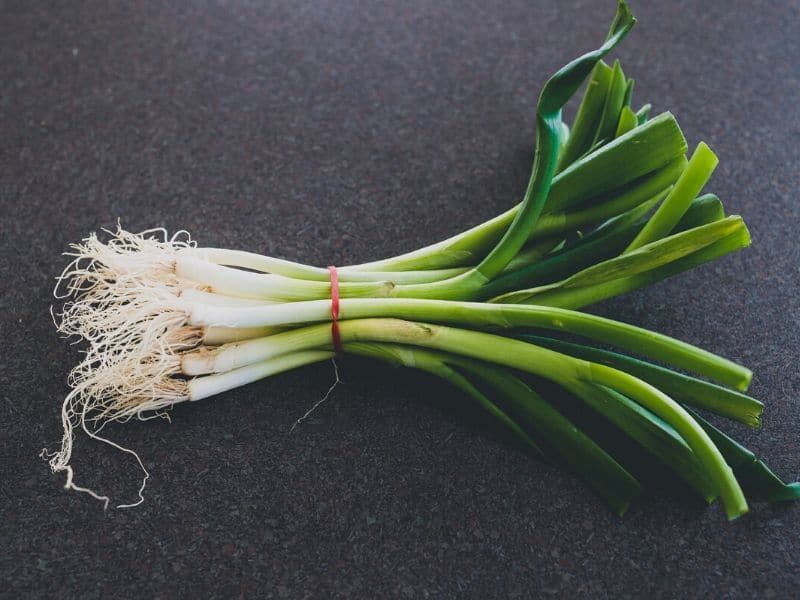
Scallions are another variety of green onions with thin, hollow green stalks and small white bulbs. They can be used interchangeably with green onions and have an equally mild onion-garlic flavor. Again, use a little less than you would chives since scallions have a more robust taste. Chop off the desired amount of the green tops and mince or slice them for a chive-like texture.
Leeks
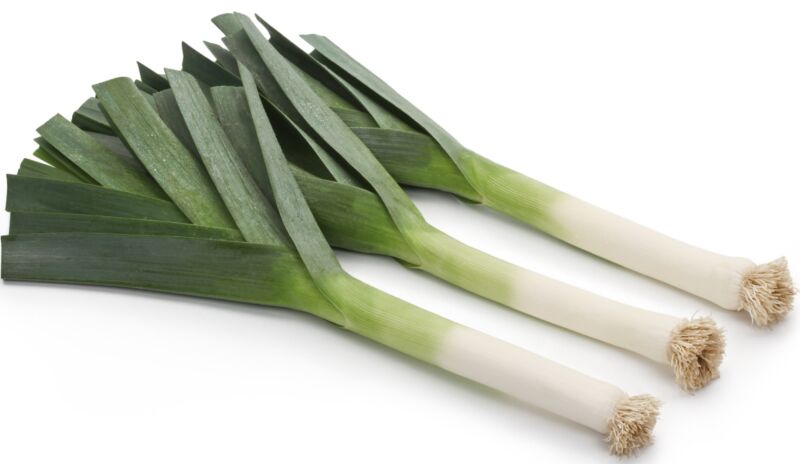
The green tops of leeks make a good stand-in for chives in terms of appearance and flavor. Leeks have a stronger onion taste, so soak the chopped greens in ice water for 30 minutes to mellow out their pungency before using. Pat them dry and use them as you would chives. Slice the green tops into thin rounds or minced pieces to approximate the right texture.
Garlic Scapes
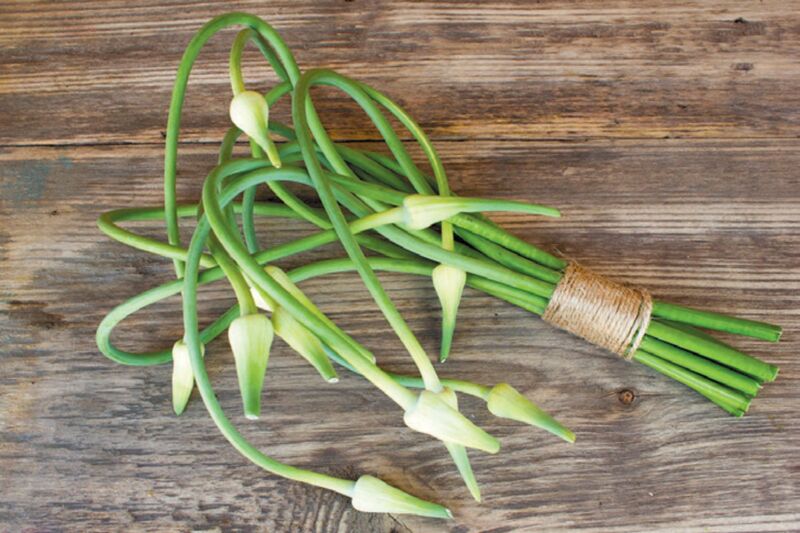
Garlic scapes are the curled green flower stems that shoot out of garlic bulbs. They have a mild garlicky flavor akin to chives. Slice them thinly on an angle for small pieces that mimic chives. Use a 1:1 ratio in place of chives in recipes.
Onions and Shallots
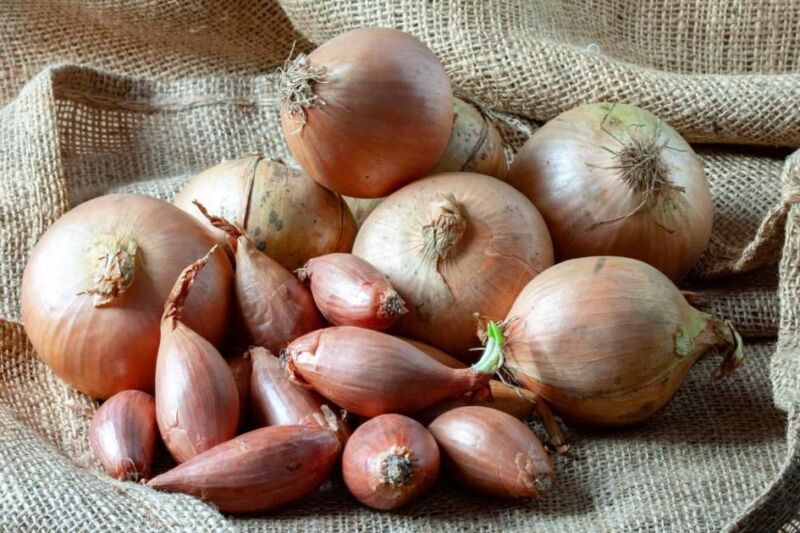
Regular onions and shallots can work as a chive substitute in a pinch. They won’t have the same grassy green appearance but provide a similar mild onion and garlic flavor. Use them sparingly as their taste is much stronger. Thinly slice regular onion greens or shallots before adding to dishes in place of chives.
Chinese Chives
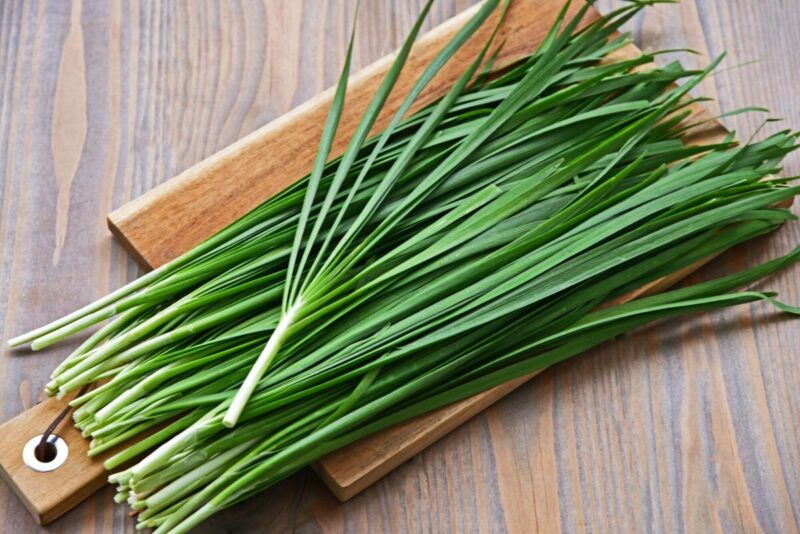
Also called garlic chives, Chinese chives offer the closest match to the taste and texture of regular chives. They have thin, grassy leaves and a mild garlicky flavor almost identical to standard chives. Chinese chives are a great option if you want a direct substitute without altering the recipe. Use them in the same amount the recipe calls for.
Ramps
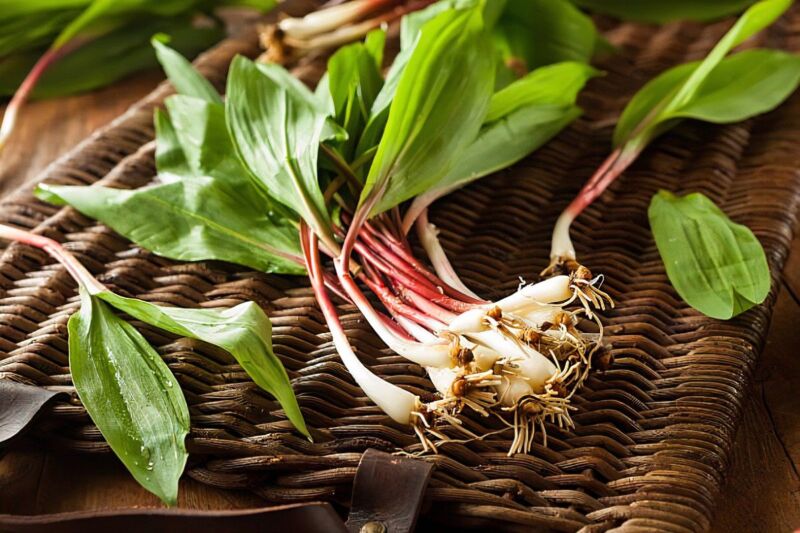
The green tops of ramps, also known as wild leeks, make an excellent stand-in for chives. They have thin, hollow leaves with a strong garlicky aroma and mild onion flavor. Use ramp greens in the same amount you would chives. Chop the leaves and tender stems for a texture similar to chives.
Garlic
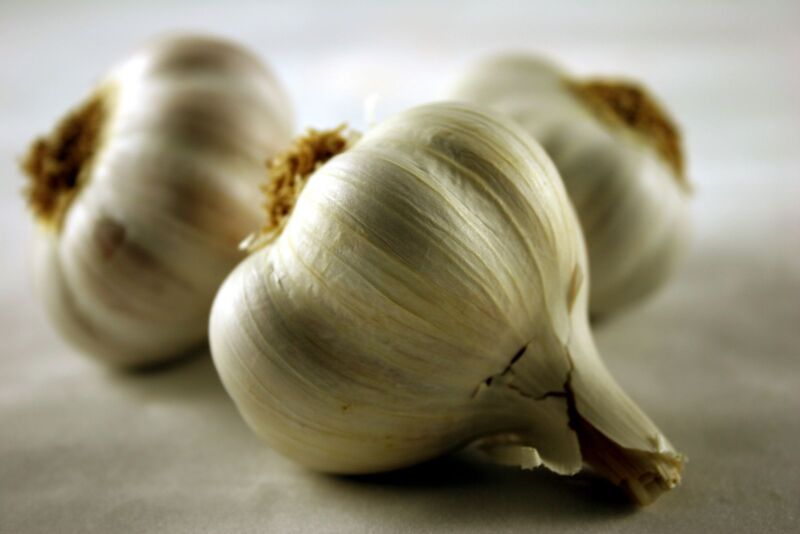
In small amounts, garlic can flavor dishes similarly to chives. Slice or mince the cloves and add them at the end of cooking or as a garnish. Use very sparingly, starting with half or less than what the recipe calls for in chives. Garlic has a much more potent flavor when raw.
Growing Chive Substitutes for Fresh, Homegrown Flavor
One tip for ensuring you always have a chive substitute available is to grow some of them yourself! Many of these options can be easily grown right in your kitchen garden or windowsill herb planters. Here are some chive substitutes you can cultivate for fresh, homegrown flavor:
- Scallions – Fast-growing and easy to grow in containers or garden beds. Frequent harvesting encourages more growth.
- Green onions – Can be grown from scraps by placing cut off root ends in water. Regrow green tops within a week.
- Leeks – Grow to maturity in cool weather. Harvest young green tops all season long.
- Garlic scapes – Remove curled scapes from garlic bulbs to encourage bigger cloves. Use the cut scapes as chive subs.
- Garlic – Plant cloves in fall for an abundant summer harvest. Use young greens before bulbs mature.
Having a pot of chives substitutes like green onions or garlic growing on your windowsill ensures you’ll always have some on hand when needed. Get creative with companion planting too by mixing chives, garlic chives, garlic, and scallions in one herb planter.
Conclusion: Don’t Let Missing Chives Ruin Your Dish
Part of being a great cook is learning how to adapt to missing ingredients with suitable substitutions. While chives add unique flavor and color to dishes, their grassy onion taste can be approximated with ingredients like green onions, leeks, and garlic. Hopefully this gives you some chive stand-in ideas to try the next time your jar runs empty.
